STARLOG
BLASTING BARNACLES OFF THE ARGO
FEBRUARY 22, 2017
| Observer: |
Tom Campbell |
| Location: |
College Station, Texas (Long: 96°17'W Lat: 30°37'N) |
| Telescope: |
Zhumell 12" f/5 Dobsonian |
| Eyepieces: |
Zhumell 30mm (50x)
Explore Scientific 18mm (83x)
Explore Scientific 11mm (136x) |
| Lenses: |
Celestron Luminos Barlow (2.5x) |
| Weather: |
The sky was mostly clear. Temperature was in the mid 60s (F), with a slight breeze, turning cooler and damper as evening progressed. |
OBSERVING SUMMARY:
PUPPIS: M 93, NGC 2527, NGC 2533, NGC 2567, NGC 2571
PYXIS: NGC 2627
VELA: NGC 2849, NGC 3132
As the sun set, tonight looked like a repeat of last night: clear, warm, no Moon, and no wind. Perfect for observing! I set up my telescope in the back yard to acclimate to the outdoor temperature, then did a couple of errands while waiting for darkness to set in.
This would be perfect. Two observing nights in a row, and I could pick up where I left off and maybe nab a few objects in Vela. I had a small observing window where most of Vela was visible between two of my neighbor's houses.
When I returned outside, I was greeted with a blinding light. My entire back yard was lit up from the security lights of the house right behind us. We have a six foot tall privacy fence between us, but their lights are high enough to shine right over it. With the light glaring in my face, I had a difficult time even seeing where my telescope was, let alone seeing any stars above.
I waited a few minutes, hoping the lights were on a timer and would soon shut off automatically. Nope. I thought about moving the telescope to the driveway at the front of the house, but that would mean abandoning my entire observing list and making a new one. I decided to leave the telescope out back for a bit, while I went back inside to start compiling a backup list of targets and checking online astronomy forums for new messages.
It had been about 15 minutes, so I went back outside to check on things. Good news! Our backyard neighbor had turned off his security lights! Bad news... the house next door to him now had THEIR security lights turned on! Unbelievable!
This neighbor's lights were partially blocked by our privacy fence, however, so I strapped up my telescope and moved it to a different part of the back yard, where I wouldn't be bothered so much by the light. This also meant that I would no longer have as big of a "window" to Vela as I'd hoped.
As I was about ready to find my first target, the other neighbor turned off his security lights and my back yard was finally dark. I strapped my telescope up again and moved it back to prime observing location.
Too late! A couple of the guide stars I was going to use to find my targets had already slid behind the houses. I'll have to settle for some targets a bit higher up.
I could feel the evening dampness in the air. Dew was already starting to form on my observing list, which I had left outside when I first set up the telescope. First security lights, and now dew. The night sky was really fighting me tonight, but I had my trusty black star cannon by my side. I wasn't going to be deterred. "Arrrgh!"
The constellations Vela, Puppis, and Carina used to be one giant constellation called Argo Navis (the Ship Argo, which Jason and the Argonauts sailed on in Greek mythology). Carina (the keel) wasn't visible, but parts of Puppis (the stern) and Vela (the sails) were. "Ahoy, me mateys! Ready the cannons!" I fired up the Telrad, removed the dust caps from my finder scope and took aim at my prey.
| M 93 |
Puppis |
Open Cluster |
9:36pm CST |
 |
This is a gorgeous open cluster. It is compact with lots of bright stars. Even through my finder, it can be seen as a smudge of light. The best view is with my 11mm, where it nearly fills the field of view. Several dozen stars are visible and a lot of them seem to be in pairs. Even at this magnification, several stars seem unresolved. Putting in a barlowed 18mm (211X) reveals even more stars near the center. I tried barlowing my 11mm (345X), but the view was too mushy. The damp air wasn't going to let me go that deep tonight. |
| |
| NGC 2849 |
Vela |
Open Cluster |
9:52pm CST |
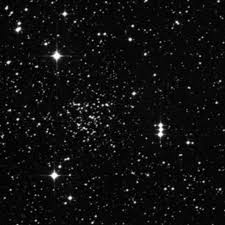 |
This cluster is faint and small, but fairly rich. At 211X, it takes up about 1/4 of the field. A couple dozen stars are visible, but they are faint enough that color couldn't be detected. There's still a bit of nebulosity at this magnification, indicating even more stars would be visible at higher power. |
| |
| NGC 2533 |
Puppis |
Open Cluster |
9:59pm CST |
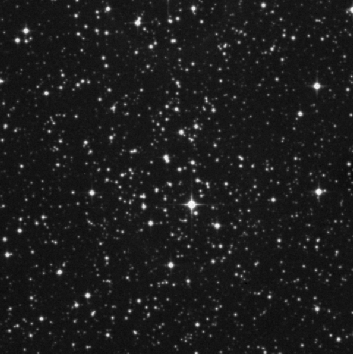 |
This is a small cluster; very unimpressive. Perhaps 8-10 stars are visible. It is somewhat faint and loose, difficult to tell from the background Milky Way. |
| |
| NGC 2571 |
Puppis |
Open Cluster |
10:06pm CST |
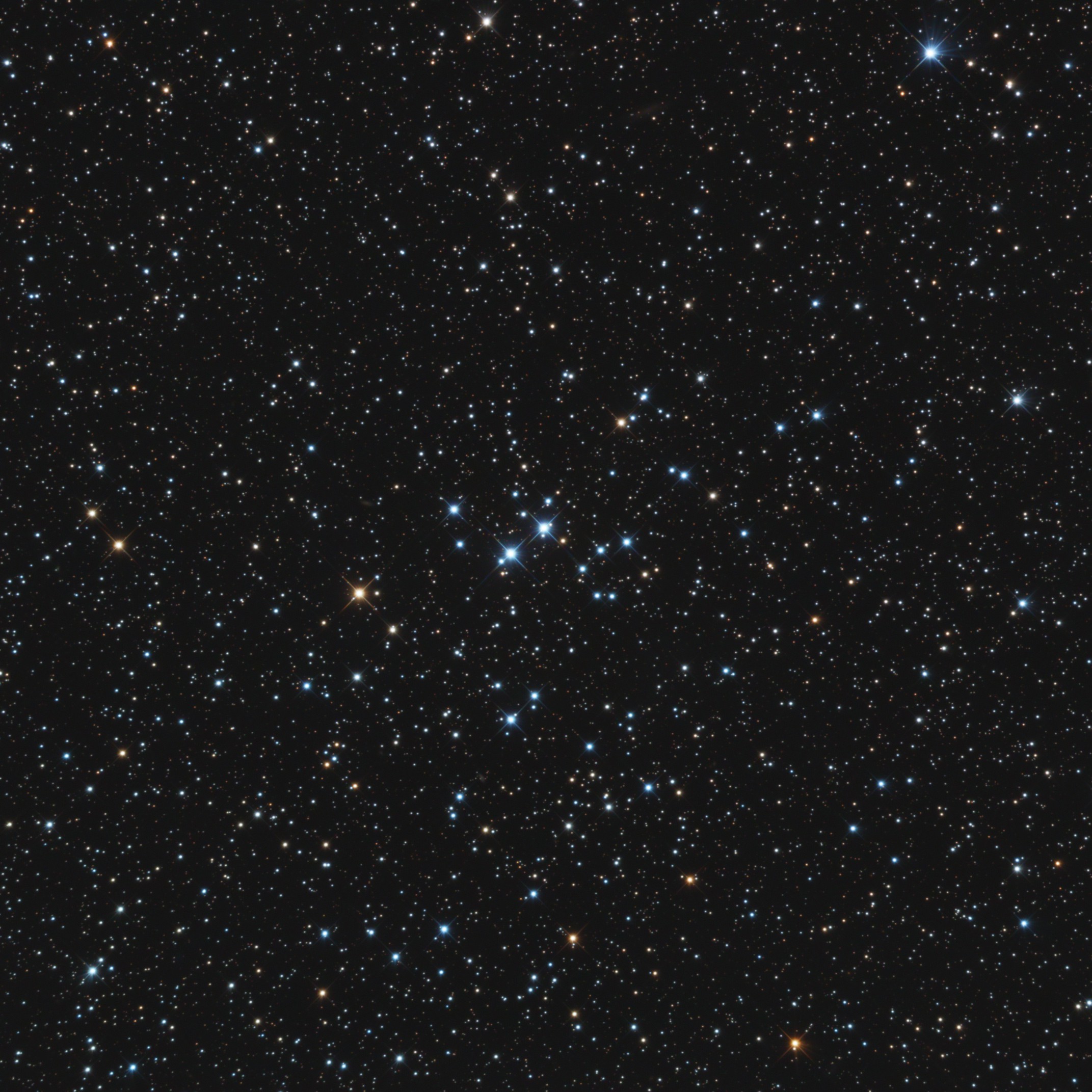 |
This is an elongated cluster, with a few bright stars near the center. Most of the stars are dim, perhaps magnitude 10. The cluster is somewhat rectangular, with about 15-20 stars altogether. |
| |
| NGC 2567 |
Puppis |
Open Cluster |
10:09pm CST |
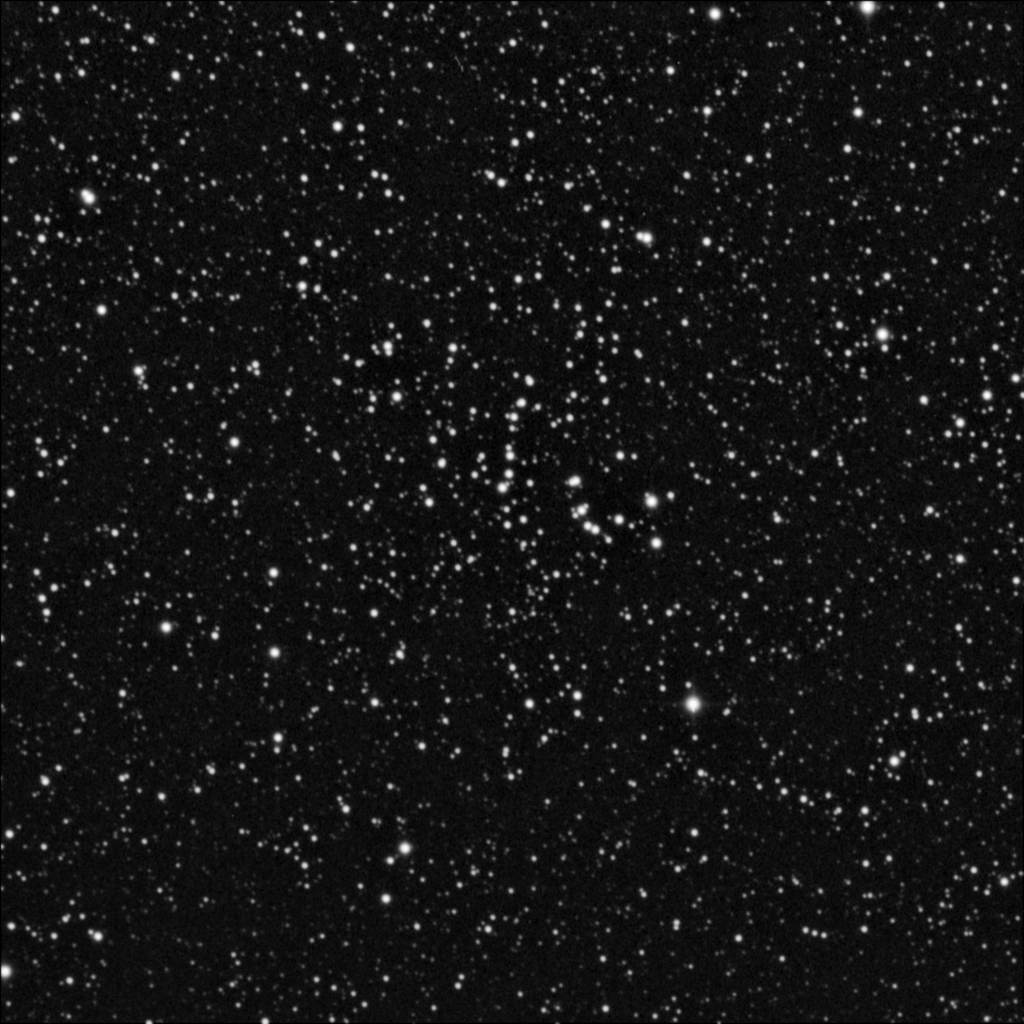 |
This is a little richer and more compact than nearby NGC 2571. Six of the brighter stars form an integral right in the middle of the cluster, with some stars of similar brightness on either side of the integral sign and fainter stars sprinkled throughout. Perhaps 25-30 stars were visible using my 11mm eyepiece. |
| |
| NGC 2627 |
Pyxis |
Open Cluster |
10:16pm CST |
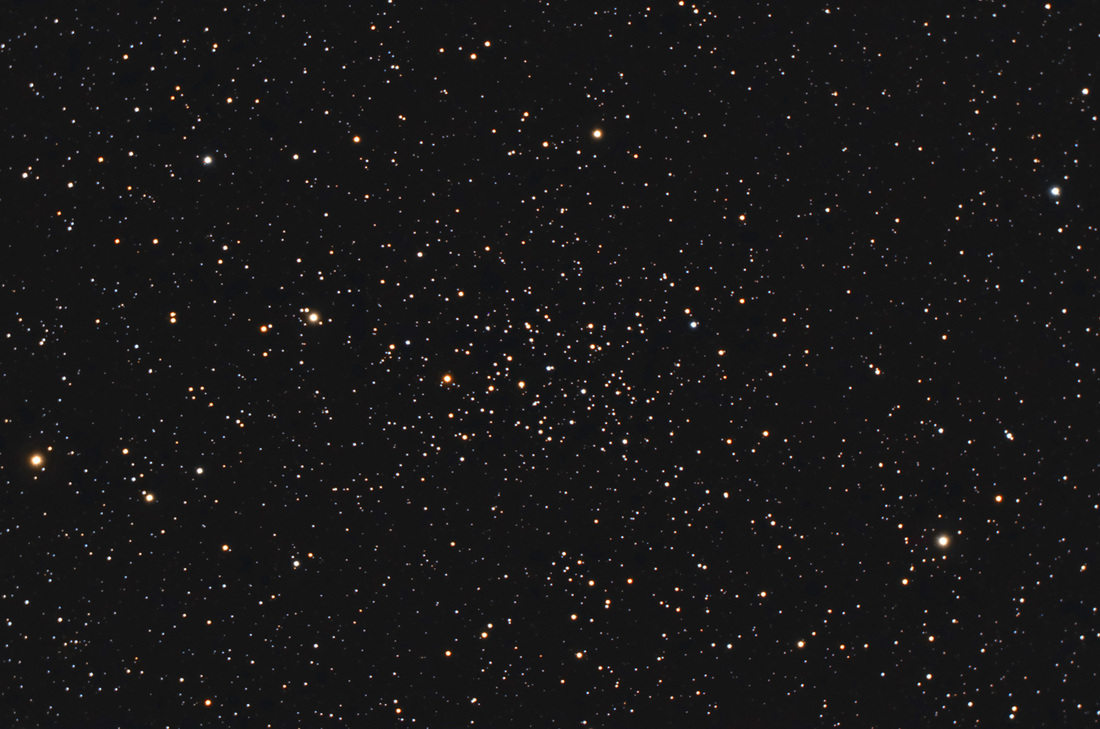 |
This is a small, dim, fairly compact cluster next to ζ Pyx. Most of the stars are the same magnitude and almost evenly spaced. I couldn't see any obvious pairs of stars. The cluster is triangular shaped, with the brightest stars being at the ends. |
| |
| NGC 2527 |
Puppis |
Open Cluster |
10:28pm CST |
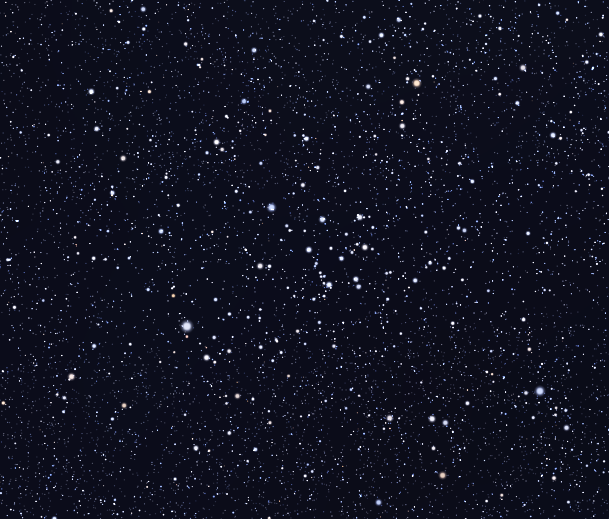 |
This cluster is easy to find by following the outline of the constellation. The stars are somewhat bright, perhaps magnitude 8. They roughly form a lopsided circle. About 10 of the stars are bright, and the rest are considerably dimmer. Being in the middle of the Milky Way, it is difficult to tell exactly where the cluster begins and ends. |
| |
| NGC 3132 |
Vela |
Planetary Nebula |
10:54pm CST |
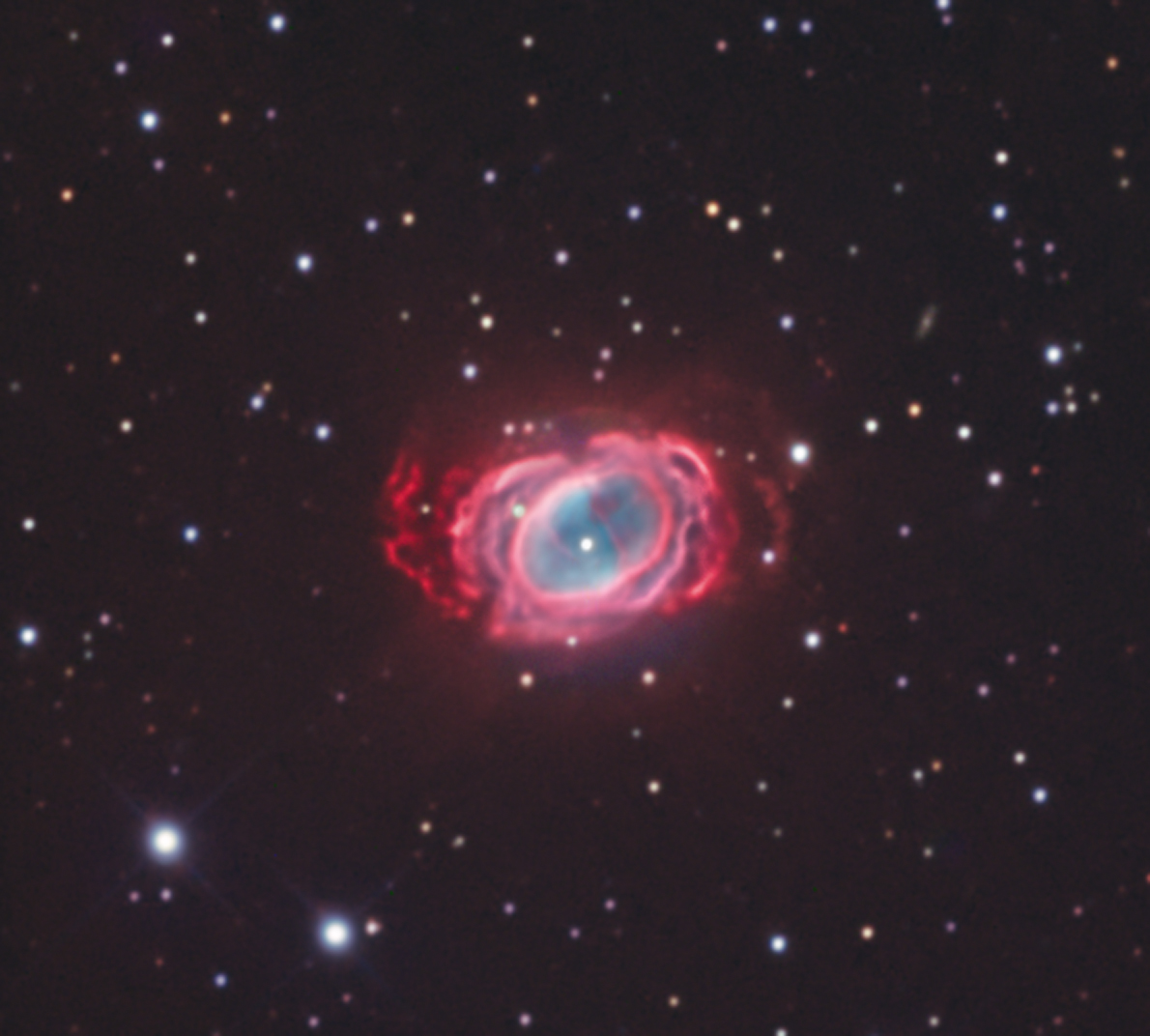 |
The central star is very easy to detect, being brighter than the nebulosity. The gaseous shell extends quite a ways from the star, and is mostly round. It reminds me a bit of the Eskimo Nebula, except there's a bright central star in the middle. Between fighting dew and my telescope being top-heavy when pointed this low towards the horizon, it makes detailed observations difficult. |
| |
I had taken several shots at the stern and sails of Argo, and indeed, she was already starting to sink in the sky. Just in time, too, as every little breath I took would fog up my eyepieces. I packed up my gear and sailed back inside to warm up and dry off.







